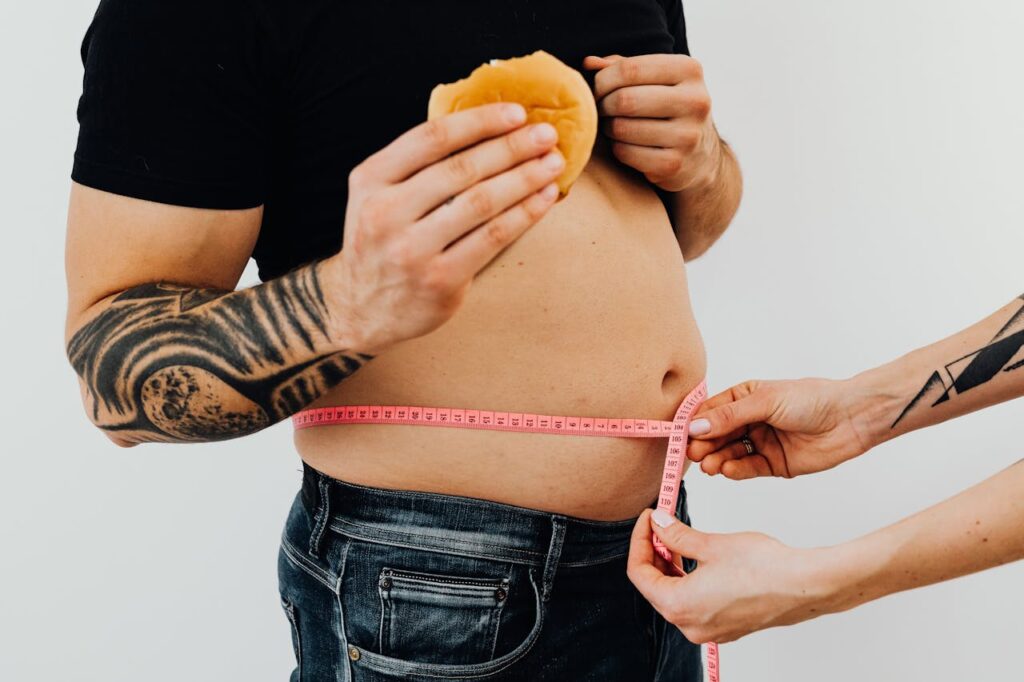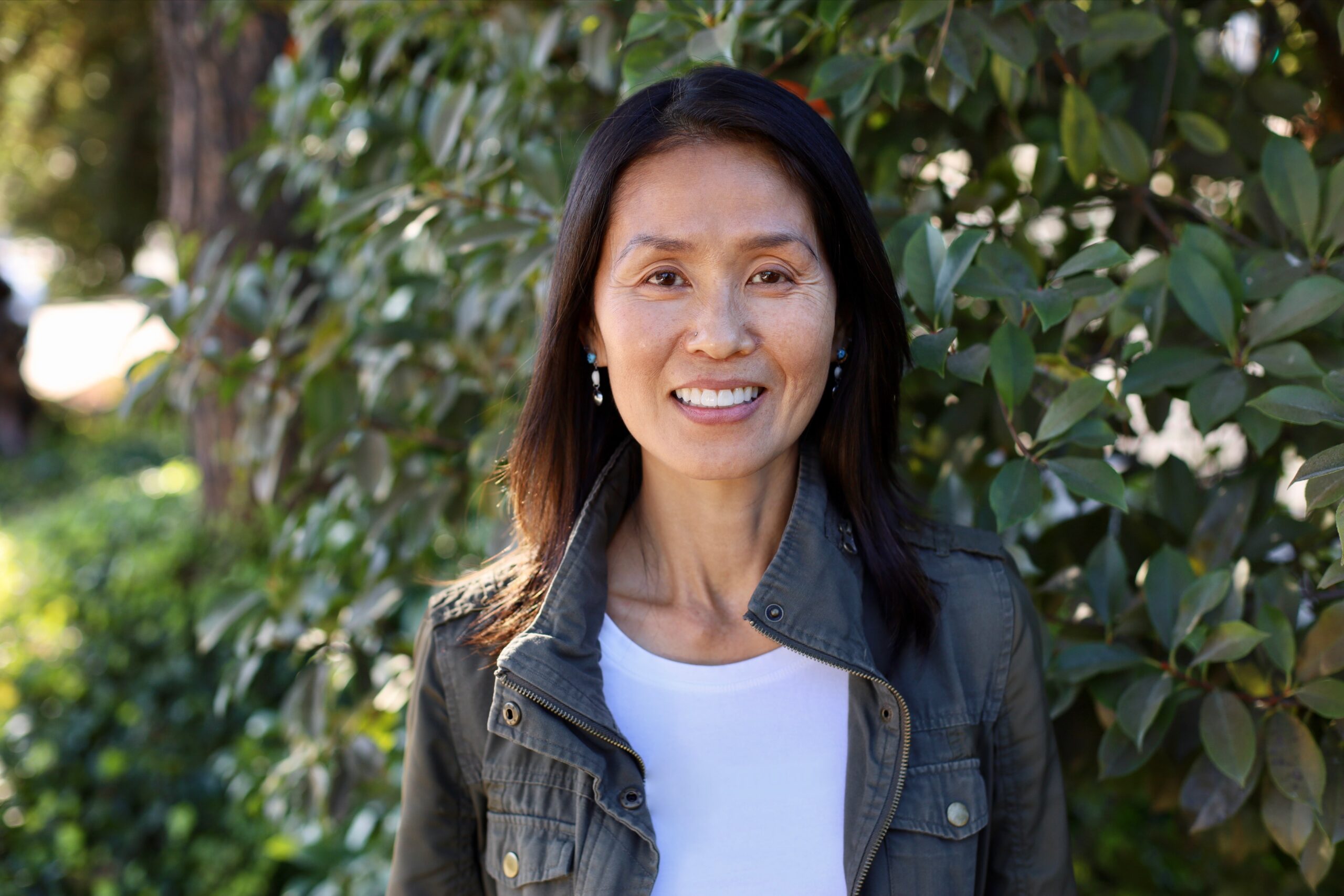You’ve likely heard of the SAD diet—short for Standard American Diet—but what does it actually mean? It’s more than just fast food and soda. This way of eating has become the norm for many, yet the SAD diet is having a major impact on people’s health. In this post, I’ll break down what the SAD diet really is and why it may be more harmful than it seems.
What Exactly Is the SAD Diet?
The SAD diet, short for the Standard American Diet, is the way many people eat today—especially in the United States. It’s not a planned or intentional diet, but more of a pattern built around convenience, speed, and processed foods.
This way of eating often includes things like sugary drinks, fast food, packaged snacks, frozen meals, and refined grains like white bread and pasta. These foods are easy to grab and widely available, which is why they’ve become part of so many people’s daily meals.
The Standard American Diet is also low in fresh fruits, vegetables, whole grains, and home-cooked meals. It’s shaped by busy lifestyles, aggressive marketing, and habits passed down over time.
Why the SAD Diet Is So Common
The Standard American Diet didn’t become the norm overnight. It slowly took over as life got busier, food companies grew bigger, and convenience became more important than quality.
People often eat this way because the food industry surrounds them with these choices. Grocery stores stock most shelves with packaged and processed foods. Fast food spots line the streets, while stores with fresh produce are harder to find.
On top of that, the SAD diet is heavily influenced by marketing. From a young age, we’re bombarded with ads for sugary cereals, soda, and snacks. These messages make processed foods look fun, easy, and normal—while healthier options seem like more work or more expensive.
Cultural habits play a big role, too. If you grew up eating frozen dinners, boxed meals, and fast food, that becomes your default. And when you’re short on time or energy, it’s easy to reach for the same familiar options.
The Health Risks Linked to the SAD Diet

The Standard American Diet may be common, but it’s also one of the biggest reasons behind rising health problems today. Even though it feels normal to eat this way, the long-term effects can be serious.
The SAD diet is often high in calories but low in nutrients. Over time, this imbalance can lead to weight gain, chronic fatigue, and poor digestion. It can also affect your blood sugar, increase inflammation, and leave your body struggling to function at its best.
Most people don’t notice the changes at first. But over time, eating mostly processed foods, sugary snacks, and unhealthy fats drains your energy, clouds your thinking, and leads to constant cravings.
Studies have linked the SAD diet to a higher risk of serious health conditions like heart disease, type 2 diabetes, and high blood pressure. These issues often develop slowly, which makes it easy to miss the connection between what you eat and how you feel.
How to Know If You’re Eating the SAD Way
You might be following the Standard American Diet without even realizing it. It’s not always about eating fast food every day—sometimes, it’s the small habits that add up over time.
One clear sign is relying on packaged or frozen meals more than fresh, whole foods. If most of your meals come from boxes, cans, or drive-thru windows, that’s a common pattern of the SAD diet.
Skipping fruits and vegetables is another red flag. Many people go days without eating fresh produce, instead filling their plates with white bread, pasta, processed meats, and salty snacks.
You might also notice that your meals are heavy in added sugars, like sweetened drinks, flavored yogurts, or energy bars. These hidden sugars are everywhere in the Standard American Diet, and they can sneak in even when you think you’re eating “healthy.”
If you often feel tired after eating, crave snacks soon after meals, or rely on caffeine to get through the day, it might be time to take a closer look at your food choices.
What You Can Do Instead

Moving away from the Standard American Diet doesn’t mean changing everything overnight. Even small steps can lead to big results.
So, start by adding more whole foods to your meals—like fruits, vegetables, whole grains, and beans. These simple changes can help replace highly processed options without feeling overwhelming.
Cooking at home, even just a few times a week, gives you more control over what you’re eating. Also, pay attention to ingredient labels and try to choose foods with fewer, more familiar ingredients.
Little swaps make a difference. Switch out soda for water, or reach for fresh fruit instead of packaged snacks. Focus on one change at a time and let it build from there.
Rethinking What We Eat
The way we eat is often shaped by habit, convenience, and what we’ve been taught to see as “normal.” But just because something is common doesn’t mean it’s good for us.
Understanding what the SAD diet really is can be eye-opening. It’s a reminder to pause, look at our plates, and ask if the food we’re choosing is truly helping us feel our best.
Eating well doesn’t have to be complicated or perfect. It just starts with being more mindful—one bite, one meal, one choice at a time.














